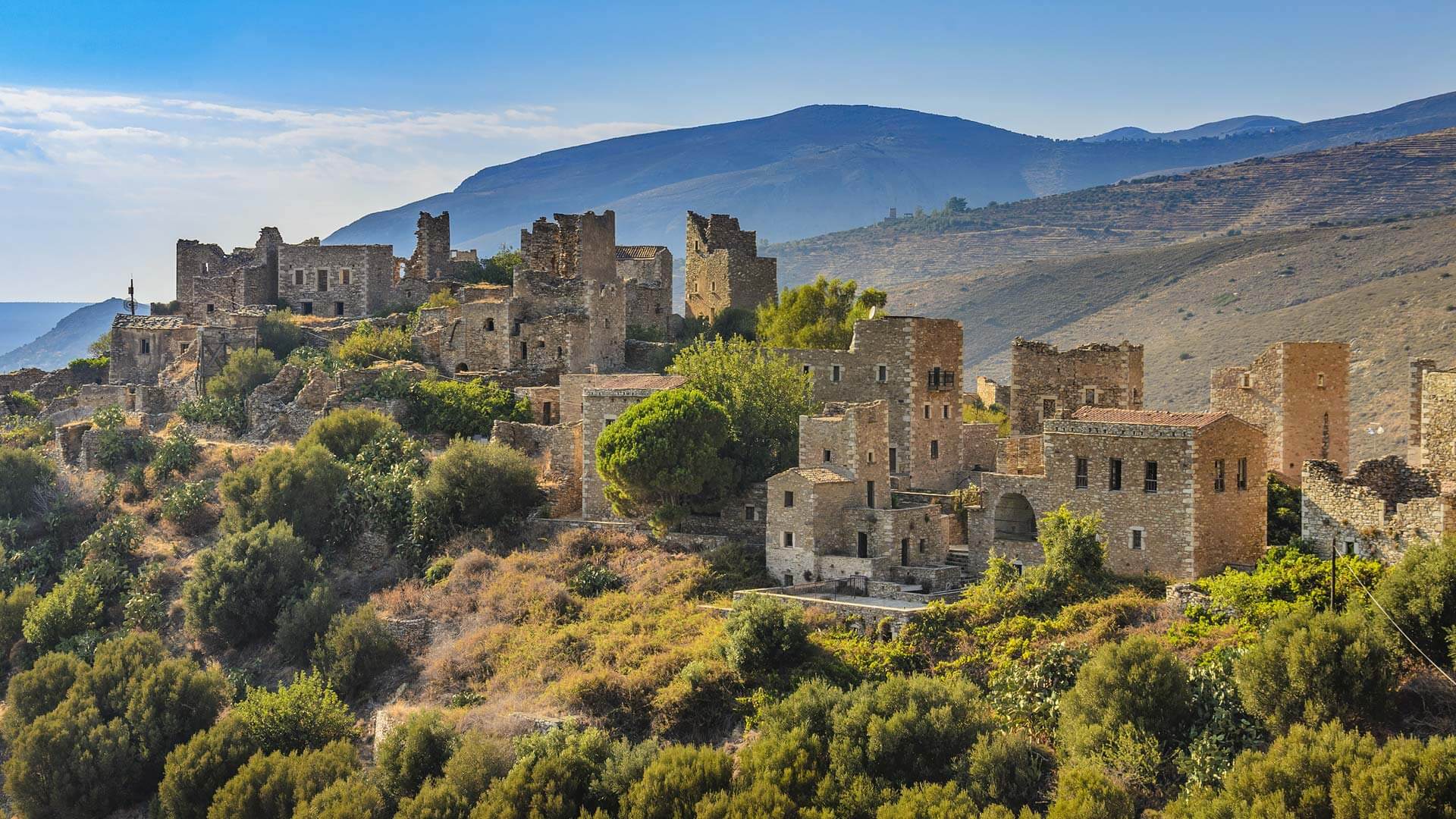The Traditional Architecture of Mani
Mani, located in the southern part of the Peloponnese peninsula in Greece, is known for its unique traditional architecture. The region boasts a rich cultural heritage and is home to a unique style of stone tower houses that have stood the test of time for centuries.
The tower houses of Mani were built during the 17th century and were designed to serve as both a home and a fortress for the region’s residents. They were built using local stone, and their thick walls were designed to withstand invasions.
The tower houses are tall and narrow, with an average height of three or four stories. The ground floor was typically used for storage, while the upper floors were used as living quarters. The houses were built close together and formed tight-knit communities that were fiercely independent and protective of their land.
The towers are often decorated with intricate carvings and ornate detailing, showcasing the impressive craftsmanship of their builders. They were also strategically designed to allow for maximum natural light and ventilation, as well as to provide protection from the harsh sun and strong winds that are common in the region.
One of the most fascinating aspects of Mani’s traditional architecture is the use of defensive features such as narrow windows and arrow slits, which were used to protect the inhabitants from enemy attacks. In fact, the towers of Mani were so well-built that they were able to withstand sieges and battles for long periods of time.
Today, many of the tower houses in Mani have been restored and transformed into guesthouses, hotels, and museums, providing visitors with a unique glimpse into the region’s rich history and architectural heritage.
In conclusion, the traditional architecture of Mani is a testament to the ingenuity and resourcefulness of the region’s inhabitants. The tower houses are not only beautiful and unique, but they also serve as a reminder of the region’s storied past and its rich cultural heritage. Visitors to Mani should make sure to explore these fascinating structures and appreciate the impressive craftsmanship that went into building them!









